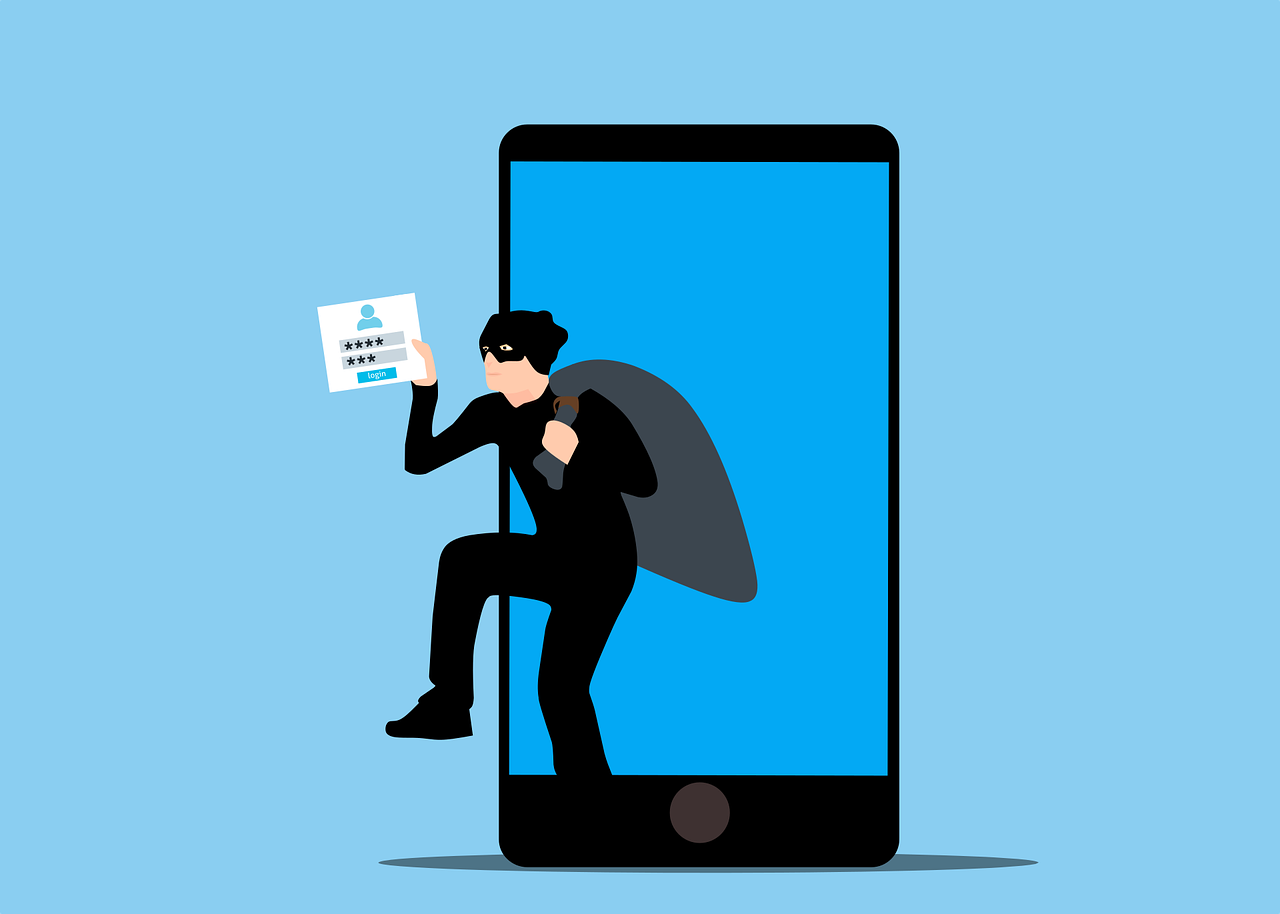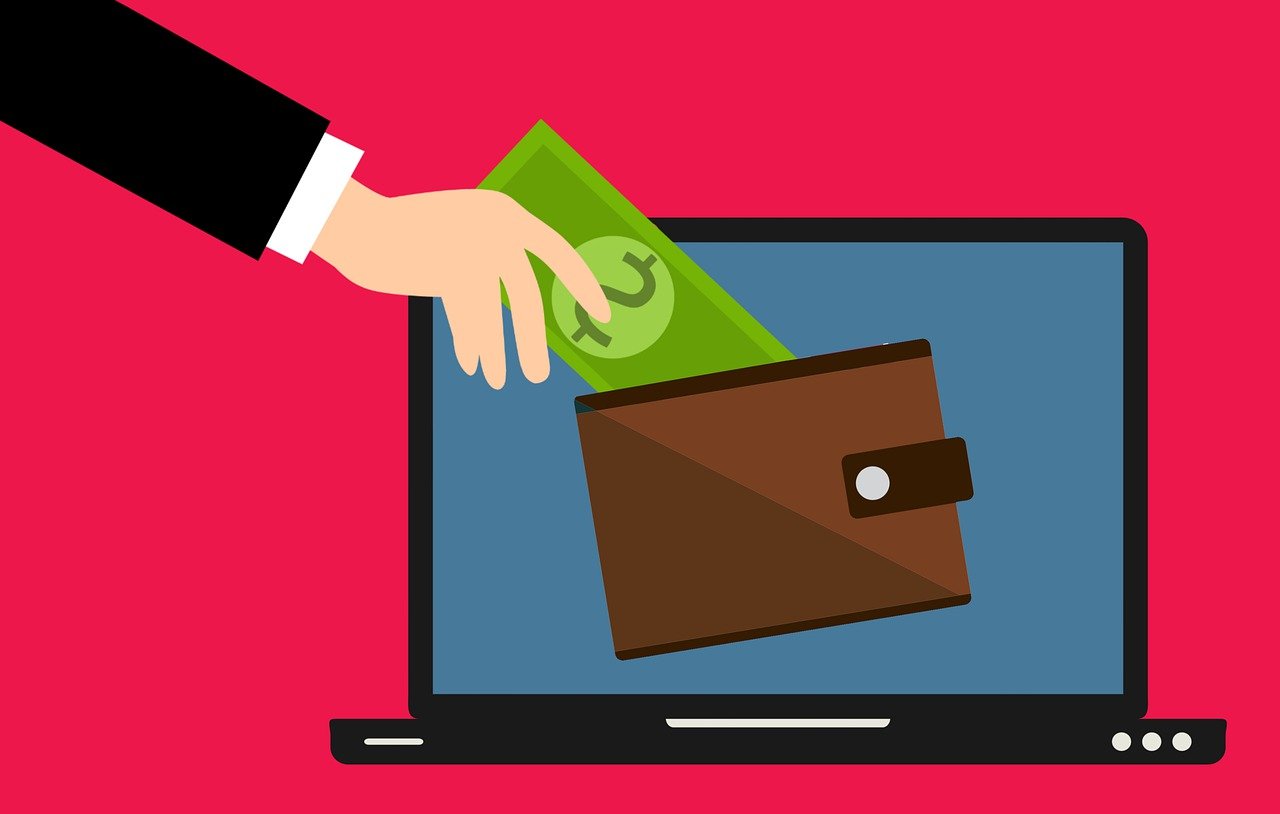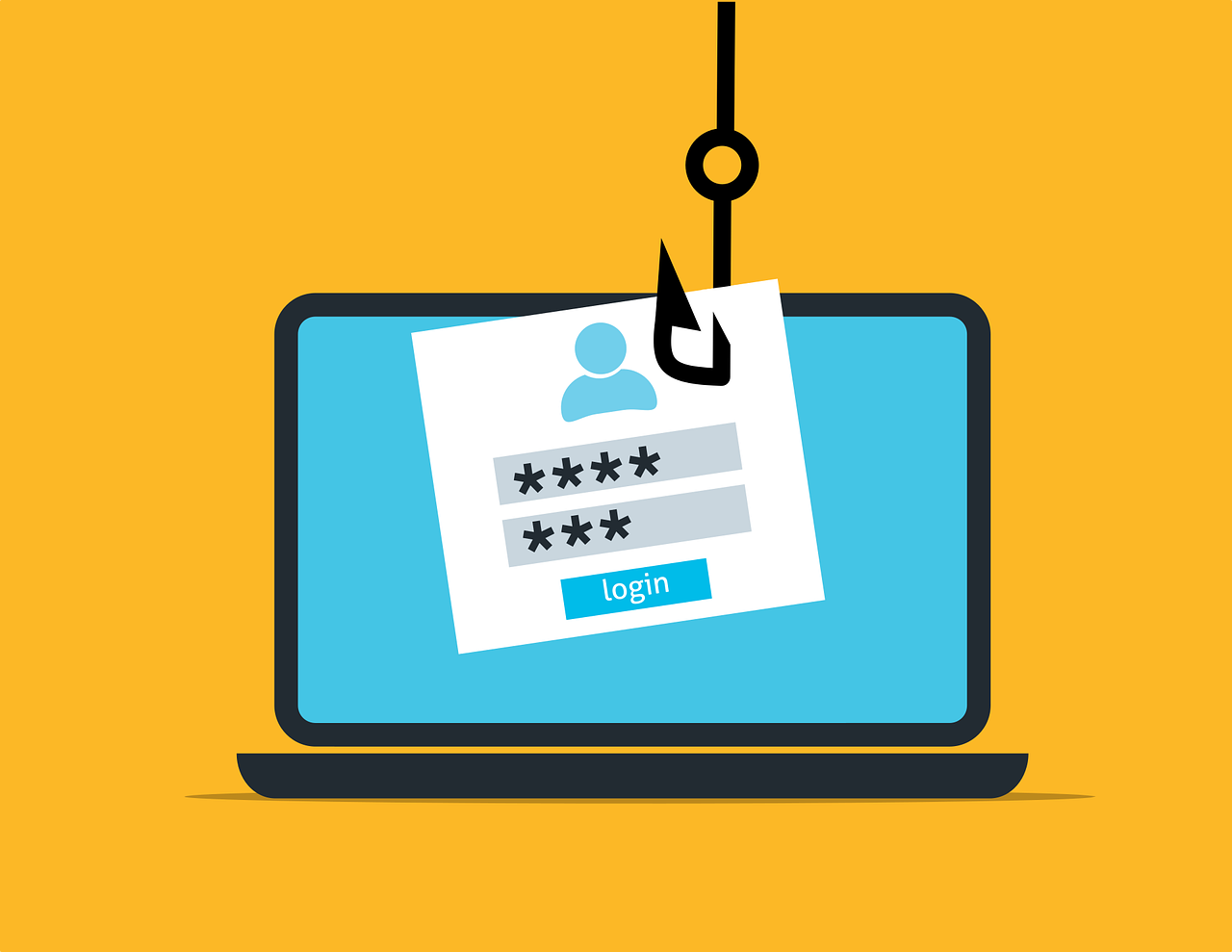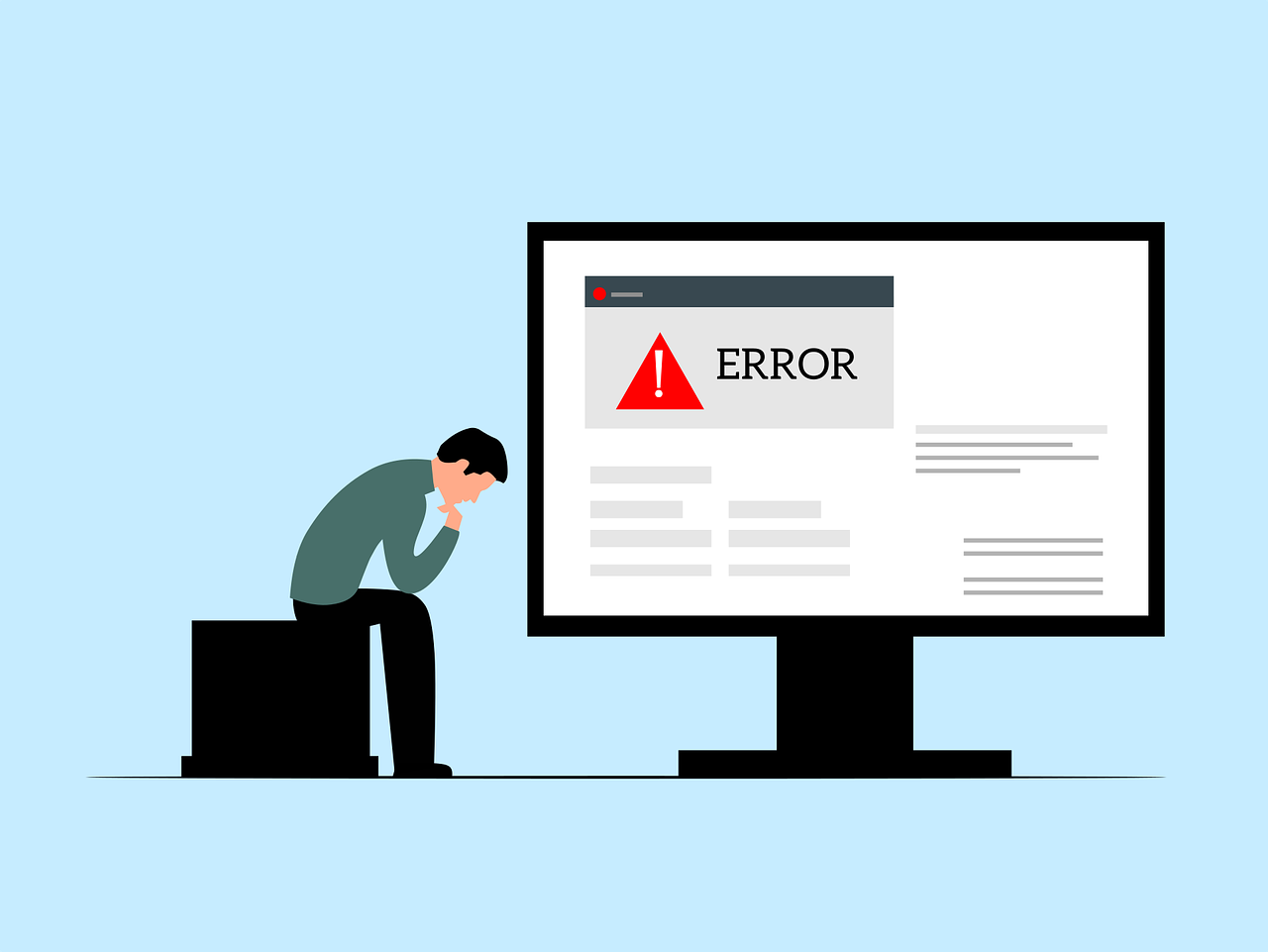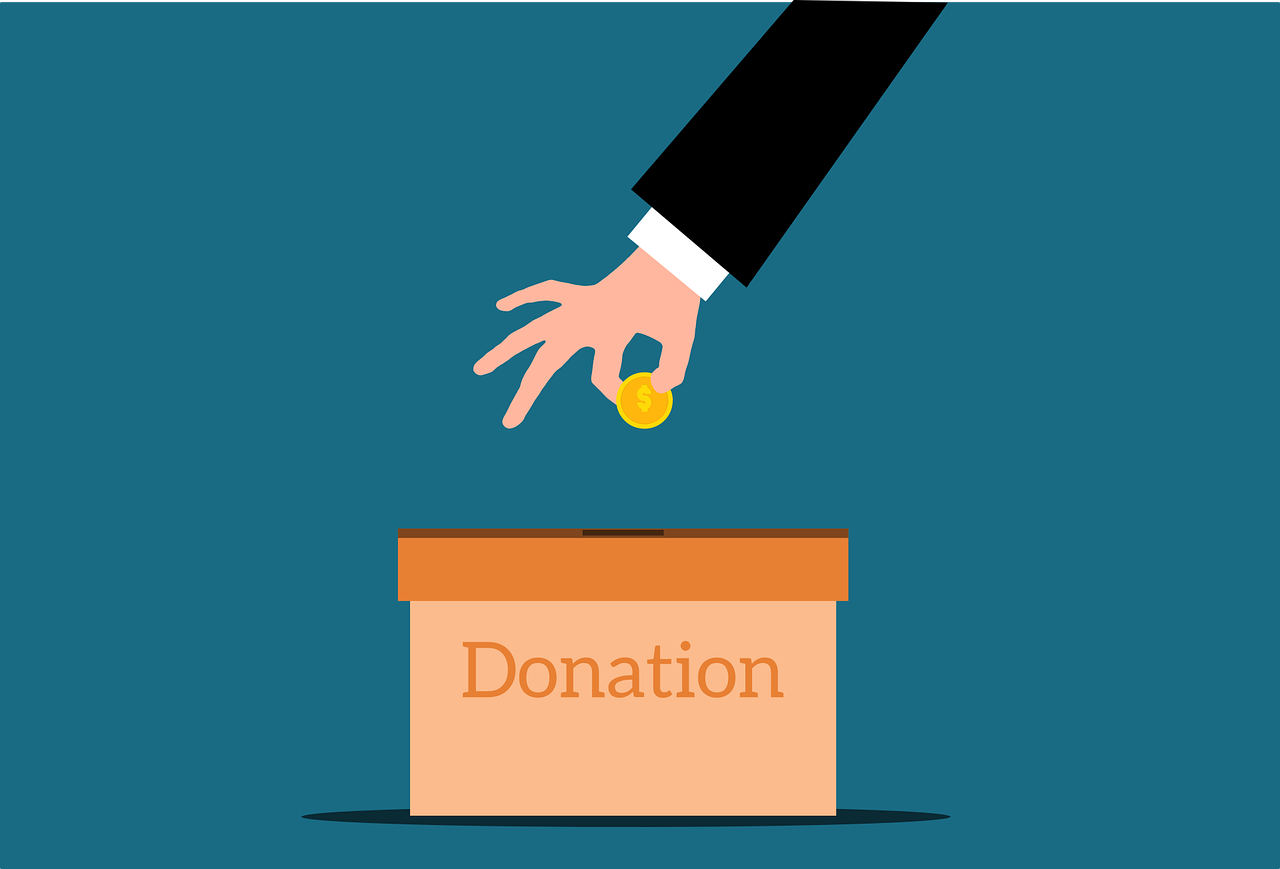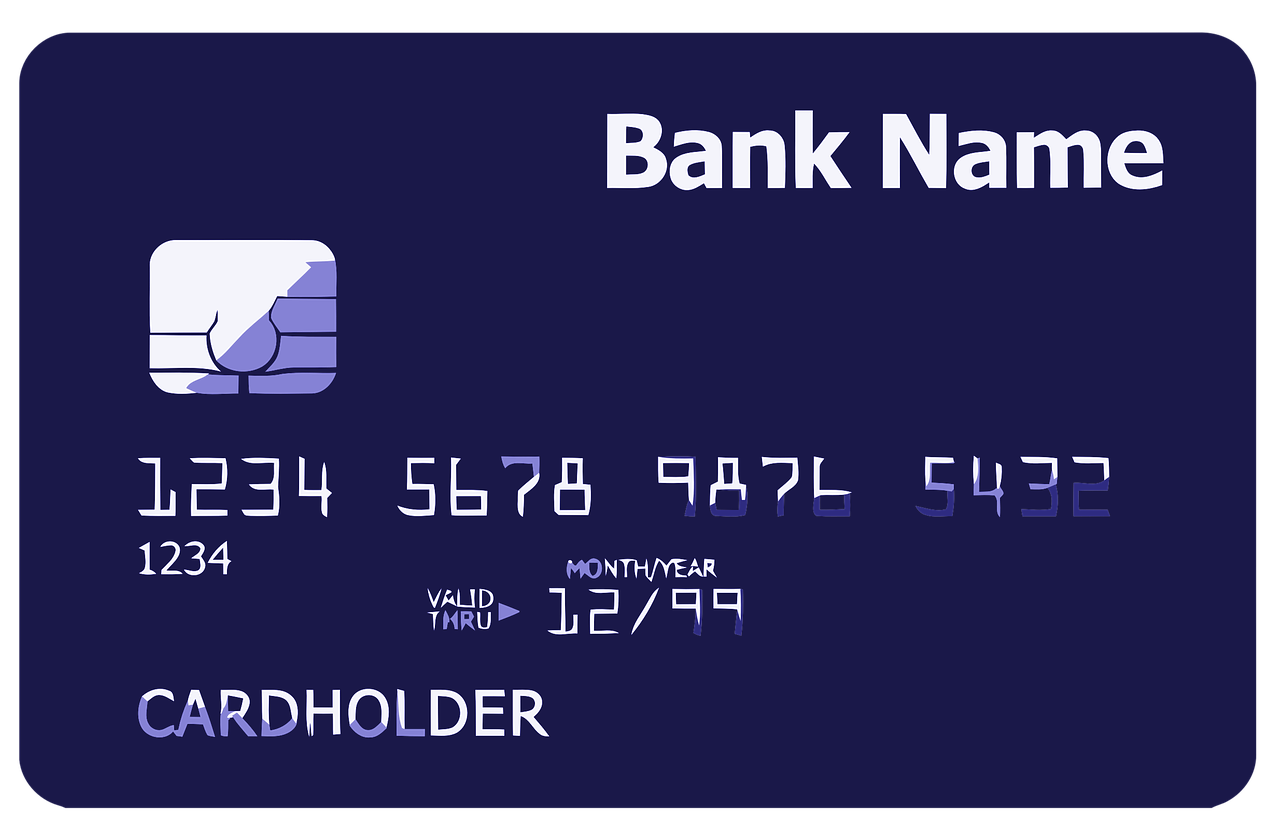In this post, I will show you the most popular eBay scams.
eBay, a popular online marketplace, offers a wide range of products and opportunities to buyers and sellers worldwide.
However, amidst the vastness of the eBay community, there are individuals who seek to exploit unsuspecting users through various scams.
Here, we will explore the different types of eBay scams, identify red flags to watch out for, provide tips to avoid falling victim to these scams and outline the necessary steps to take if you encounter a scam.
To fortify your online security against potential eBay scams, consider using one of the best VPN services to protect your personal information and browsing activity.
In addition, make sure to have the best antivirus software installed on your device, as this provides an essential layer of protection while you shop online and explore various e-commerce platforms.
Without further ado, let me reveal the most popular eBay scams.
Table of Contents
Most Popular eBay Scams
1. Auction Fraud
Scammers manipulate the bidding process or fail to deliver items after receiving payment. For example, they may engage in shill bidding or never ship the purchased item.
Prevention methods:
- Research the seller’s reputation: Check feedback and ratings, looking for positive reviews and a high seller rating. Avoid sellers with negative feedback or low ratings.
- Be cautious of unrealistic deals: Exercise caution if a listing offers an item at a significantly lower price than its market value or similar listings. Verify the legitimacy of the seller before bidding.
- Use secure payment methods: Opt for secure payment options like PayPal that offer buyer protection. Avoid wire transfers or unconventional payment methods.
CHECK OUT: What To Do If You’ve Been Scammed Online: A Comprehensive Guide
2. Counterfeit Items
Scammers sell counterfeit or unauthorized replica items, particularly luxury goods, as genuine products.
Prevention methods:
- Examine product details: Scrutinize images and descriptions for signs of authenticity. Look for high-quality photos and read descriptions carefully.
- Research the seller’s reputation: Check feedback and ratings for any negative reviews or complaints related to counterfeit items. Choose established sellers with a history of selling genuine products.
- Authenticate high-value items: Consider using professional authentication services or eBay’s authentication service for expensive or luxury items.
3. Phishing Scams
Scammers send fraudulent emails or messages, attempting to trick users into revealing personal information or login credentials.
Prevention methods:
- Be cautious of suspicious emails or messages: Avoid clicking on links or providing personal information in response to unsolicited emails. eBay will never ask for sensitive information via email.
- Verify website authenticity: Double-check the website URL before entering login credentials. Look for secure “https://” URLs and the eBay logo.
- Enable two-factor authentication: Activate two-factor authentication for your eBay account for an added layer of security.
- Regularly update passwords: Change your eBay account password periodically and use strong, unique passwords.
4. Account Takeover
Scammers gain unauthorized access to eBay accounts, using them to make fraudulent transactions or extract personal information.
Prevention methods:
- Use strong, unique passwords: Create strong passwords and avoid using the same password for multiple accounts.
- Enable two-factor authentication: Activate two-factor authentication for your eBay account.
- Be cautious of suspicious account activity: Regularly monitor your account for any unauthorized transactions or changes in personal information. Report any suspicious activity to eBay.
5. Fake Escrow Services
Scammers create fake escrow services, claiming to protect buyers during transactions. They request payment through these services and disappear with the money.
Prevention methods:
- Use eBay’s recommended payment methods: Stick to eBay’s approved payment options like PayPal or eBay’s payment system. Be wary of using unfamiliar escrow services.
- Research the escrow service: If you choose to use an escrow service outside of eBay’s recommended options, conduct thorough research to verify its legitimacy. Look for reviews and testimonials from trusted sources.
6. Non-Delivery of Items
Scammers receive payment but never deliver the purchased items.
Prevention methods:
- Use secure payment methods: Opt for payment options that offer buyer protection, such as PayPal or eBay’s payment system.
- Check the seller’s reputation: Research the seller’s feedback and ratings to ensure they have a history of delivering items as promised.
7. Misleading Item Descriptions
Scammers provide misleading or incomplete item descriptions to deceive buyers.
Prevention methods:
- Read item descriptions carefully: Pay attention to details and be wary of vague or misleading information.
- Request additional information or photos: If the item description is unclear, ask the
- seller for more information or specific photos to ensure clarity before making a purchase.
8. Unauthorized Account Access
Scammers gain unauthorized access to user accounts through stolen login credentials or phishing techniques.
Prevention methods:
- Use strong, unique passwords: Create strong passwords that include a combination of letters, numbers, and symbols. Avoid using easily guessable information.
- Enable two-factor authentication: Activate two-factor authentication for an extra layer of security.
- Be cautious of phishing attempts: Avoid clicking on suspicious links or providing personal information in response to unsolicited emails or messages.
Read Also: 15 Tips to Protect Your Privacy Online
9. Bid Shielding
Scammers manipulate bidding by using multiple accounts to shield their maximum bid from other bidders, giving them an unfair advantage.
Prevention methods:
- Pay attention to bidding patterns: Be cautious if you notice unusual bidding activity, such as sudden spikes in bids or consistently winning auctions.
- Report suspicious activity: If you suspect bid shielding, report it to eBay for investigation.
10. Overpayment Scam
Scammers overpay for an item and request a refund for the excess amount, often using a fraudulent payment method.
Prevention methods:
- Verify payment transactions: Be cautious of overpayment requests. Ensure the payment transaction is legitimate before issuing any refunds.
- Use secure payment methods: Stick to secure payment options like PayPal or eBay’s recommended payment methods.
11. Fake Shipping/Tracking Information
Scammers provide fake shipping or tracking information to deceive buyers into thinking the item is in transit.
Prevention methods:
- Verify tracking information: Cross-check the provided tracking number with the shipping carrier’s website to ensure it is valid and corresponds to the correct shipment.
- Be cautious of delays or inconsistencies: If there are significant delays or inconsistencies in the shipping process, contact the seller to clarify the situation.
12. Unauthorized Second Chance Offers
Scammers send fraudulent second chance offers to unsuccessful bidders, attempting to solicit payments for items that were not legitimately won.
Prevention methods:
- Be cautious of unsolicited second chance offers: If you receive a second chance offer without actively participating in the auction, verify its authenticity with eBay before making any payments.
13. Non-Existent Items
Scammers list items that do not actually exist, enticing buyers into making payments for products they will never receive.
Prevention methods:
- Research the seller and the item: Verify the seller’s reputation and ensure that the item has sufficient description and images. Be cautious of listings with limited or generic information.
- Use secure payment methods: Opt for secure payment options that offer buyer protection.
14. Account Suspensions
Scammers send fake emails or notifications posing as eBay, informing users that their account has been suspended and prompting them to provide personal information to restore access.
Prevention methods:
- Be cautious of unsolicited account suspension emails: eBay will not request personal information via email. Verify the legitimacy of such communications by logging into your eBay account directly.
15. Unauthorized Return Requests
Scammers make unauthorized return requests, tricking sellers into issuing refunds or providing replacements without returning the original item.
Prevention methods:
- Verify return requests: Carefully review return requests and communicate with the buyer to ensure the request is legitimate and meets eBay’s return policies before issuing any refunds or replacements.
16. Charity Scams
Scammers create fake charity listings, claiming to donate the proceeds to a charitable cause, but pocket the money instead.
Prevention methods:
- Donate directly to trusted charities: If you want to contribute to a charitable cause, research and donate directly to reputable organizations rather than through eBay listings.
17. Fake Feedback
Scammers manipulate feedback ratings by creating fake accounts to leave positive feedback for themselves or negative feedback for competitors.
Prevention methods:
- Evaluate feedback patterns: Look for unusual feedback patterns, such as a sudden surge of positive reviews within a short period or a high number of negative reviews targeting specific sellers. Be cautious of sellers with inconsistent or suspicious feedback.
- Read detailed feedback: Pay attention to the content of the feedback rather than solely relying on the overall rating. Look for specific details and experiences shared by previous buyers.
- Report suspicious feedback: If you come across fake or manipulated feedback, report it to eBay for investigation.
18. Misuse of eBay Money Back Guarantee
Scammers abuse eBay’s Money Back Guarantee policy by filing false claims, seeking refunds for legitimate purchases, or returning different items.
Prevention methods:
- Provide accurate item descriptions and images: Ensure that your listings provide detailed and accurate information about the item’s condition, specifications, and any relevant details to minimize the risk of false claims.
- Document the condition of items: Take clear photos and keep records of the item’s condition before shipping it. This documentation can be helpful in case of a dispute.
19. International Buying Scams
Scammers target international buyers by offering fake listings, demanding wire transfers, or misrepresenting the shipping costs.
Prevention methods:
- Be cautious of wire transfers: Avoid making payments through wire transfers, as they offer limited protection. Stick to secure payment options like PayPal.
- Verify shipping costs and methods: Confirm the shipping costs and methods with the seller before making a purchase. Be cautious of sellers who significantly overcharge for shipping.
20. Unauthorized Access to Gift Cards
Scammers sell gift cards that have been obtained through unauthorized means or have no value.
Prevention methods:
- Buy gift cards from reputable sources: Purchase gift cards directly from authorized retailers or trusted resellers to ensure their legitimacy.
- Verify the card’s value: Check the balance of the gift card immediately after purchase to ensure it matches the stated amount.
Read Also: Top Countries Notable for Cyber Criminals
Red Flags To Watch Out For
To protect yourself from eBay scams, it’s essential to be vigilant and recognize potential warning signs:
- Suspicious listings: Keep an eye out for listings with unrealistically low prices or incomplete item descriptions and images. Exercise caution when encountering deals that seem too good to be true.
- Untrustworthy sellers: Check the seller’s feedback and ratings to gauge their reputation. Negative reviews, low feedback scores, or a lack of history can indicate potential risks. Take the time to review their other listings for consistency and authenticity.
- Unsecure payment methods: Scammers often request payment through wire transfers or gift cards, which lack buyer protection. Opt for secure payment methods like PayPal or eBay’s payment options that offer safeguards against fraud.
Tips To Avoid eBay Scams
By following these proactive steps, you can significantly reduce the risk of falling victim to eBay scams:
- Research and verify sellers: Thoroughly investigate sellers before making a purchase. Review their feedback, ratings, and history of completed transactions. Pay attention to any red flags that may indicate fraudulent activity.
- Use secure payment methods: Stick to trusted payment methods offered by eBay, such as PayPal. These options provide buyer protection and help you dispute unauthorized transactions if necessary. Avoid direct wire transfers or money orders, as they offer limited recourse.
- Read item descriptions carefully: Scrutinize item descriptions and images to ensure they provide sufficient details about the product. Be cautious of listings with vague or misleading information, as scammers often use such tactics to deceive buyers.
READ ALSO: Beginners Crypto Guide To Getting Started On Binance And Tips
What To Do If You Encounter A Scam?
If you suspect or encounter a scam on eBay, take the following steps:
- Contact eBay’s customer support: Reach out to eBay’s customer support team to report the suspicious activity or transaction. They are trained to handle such situations and can guide you through the necessary steps.
- File a report and provide evidence: Submit a detailed report to eBay, including all relevant information and evidence of the scam. This may include screenshots, copies of messages, or any other documentation that supports your case.
- Take necessary steps to protect your account: Change your eBay account password immediately and monitor your account for any unauthorized activity. It’s advisable to update your password regularly and enable two-factor authentication for enhanced security.
Most Popular eBay Scams – Frequently Asked Questions
What are the most common eBay scams?
The most common eBay scams include:
- Non-delivery scam: The seller takes your money but never ships the item.
- Empty box scam: The seller ships you an empty box instead of the item you purchased.
- Counterfeit goods: The seller sells you a counterfeit or fake item.
- Payment outside of eBay: The seller asks you to pay for the item outside of eBay, such as through PayPal Friends & Family or Western Union.
- Shipping scam: The seller ships the item to a different address than the one you provided, or they ship the item with a tracking number that is not valid.
How can I avoid eBay scams?
There are a few things you can do to avoid eBay scams:
- Only buy from sellers with a good feedback rating. Be sure to read the seller’s feedback comments carefully before you make a purchase.
- Never pay for an item outside of eBay. eBay has buyer protection in place to protect you if you are scammed, but this protection only applies if you pay for the item through eBay.
- Be wary of items that are priced too good to be true. If an item is being sold for much less than its market value, it is likely a scam.
- Use a credit card or PayPal to pay for your purchase. Credit cards and PayPal offer buyer protection that can help you get your money back if you are scammed.
What should I do if I think I have been scammed on eBay?
If you think you have been scammed on eBay, the first thing you should do is contact the seller and try to resolve the issue directly.
If you are unable to resolve the issue with the seller, you can open a dispute with eBay. eBay will mediate the dispute and try to reach a resolution that is fair to both parties.
What is the empty box scam?
The empty box scam is a type of eBay scam where the seller ships you an empty box instead of the item you purchased.
This scam is often difficult to detect, as the seller may use a real tracking number and the box may be sealed. However, once you open the box and realize that it is empty, you have been scammed.
What is the counterfeit goods scam?
The counterfeit goods scam is a type of eBay scam where the seller sells you a counterfeit or fake item. Counterfeit goods are often made with inferior materials and may not work properly or even be dangerous.
It is important to be aware of the signs of counterfeit goods, such as poor craftsmanship, low prices, and misspellings in the product description.
What is the payment outside of eBay scam?
The payment outside of eBay scam is a type of eBay scam where the seller asks you to pay for the item outside of eBay, such as through PayPal Friends & Family or Western Union.
eBay has buyer protection in place to protect you if you are scammed, but this protection only applies if you pay for the item through eBay. If you pay for the item outside of eBay, you have no way to get your money back if you are scammed.
What is the shipping scam?
The shipping scam is a type of eBay scam where the seller ships the item to a different address than the one you provided, or they ship the item with a tracking number that is not valid.
This scam can be difficult to detect, but there are a few things you can do to protect yourself, such as using a verified shipping address and tracking the package carefully.
What is the non-delivery scam?
The non-delivery scam is a type of eBay scam where the seller takes your money but never ships the item. This scam is often difficult to detect, as the seller may provide you with a tracking number that does not work.
However, if you do not receive the item within the estimated delivery time, you should contact the seller and eBay to resolve the issue.
What should I do if I have been scammed on eBay?
If you have been scammed on eBay, the first thing you should do is contact the seller and try to resolve the issue directly. If you are unable to resolve the issue with the seller, you can open a dispute with eBay.
eBay will mediate the dispute and try to reach a resolution that is fair to both parties. If you are not satisfied with the outcome of the dispute, you can file a chargeback with your credit card company or PayPal.
Conclusion
I have listed the 20 most popular eBay scams above.
eBay scams can be distressing, but by staying informed and vigilant, you can minimize the risks. Be aware of the various types of scams, watch out for red flags and employ preventive measures.
Conduct thorough research on sellers, use secure payment methods, and carefully review item descriptions. Remember, if you do encounter a scam, promptly contact eBay’s customer support, file a detailed report with evidence, and take steps to protect your account.
By staying cautious and informed, you can enjoy the benefits of eBay while safeguarding yourself from scams. Share your experiences and knowledge with others, and together, we can create a safer and more trustworthy online marketplace.
Don’t just be cautious on eBay; always exercise vigilance when shopping online, including exploring other platforms like DHgate, to ensure you’re making legitimate purchases—learn more about is DHgate legit for a safer online shopping experience.
Ultimately, maintaining a healthy level of skepticism, practicing due diligence, and following eBay’s recommended safety guidelines can go a long way in ensuring a safe and secure experience for users on the platform.
For more information and eBay’s official security guidelines, visit their website or refer to their resources on fraud prevention. Stay safe, shop smart, and enjoy your eBay experiences!
INTERESTING POSTS
About the Author:
Daniel Segun is the Founder and CEO of SecureBlitz Cybersecurity Media, with a background in Computer Science and Digital Marketing. When not writing, he's probably busy designing graphics or developing websites.




